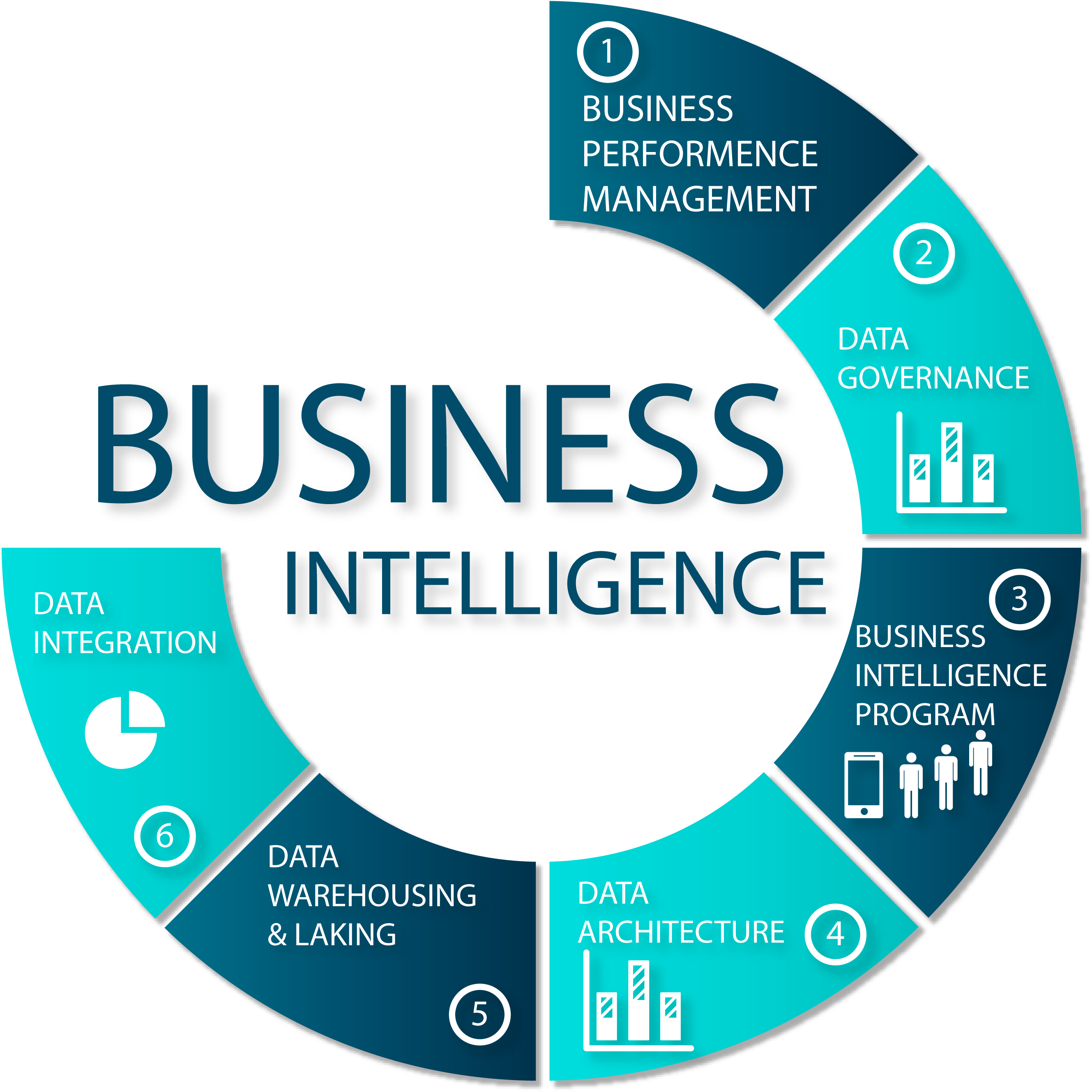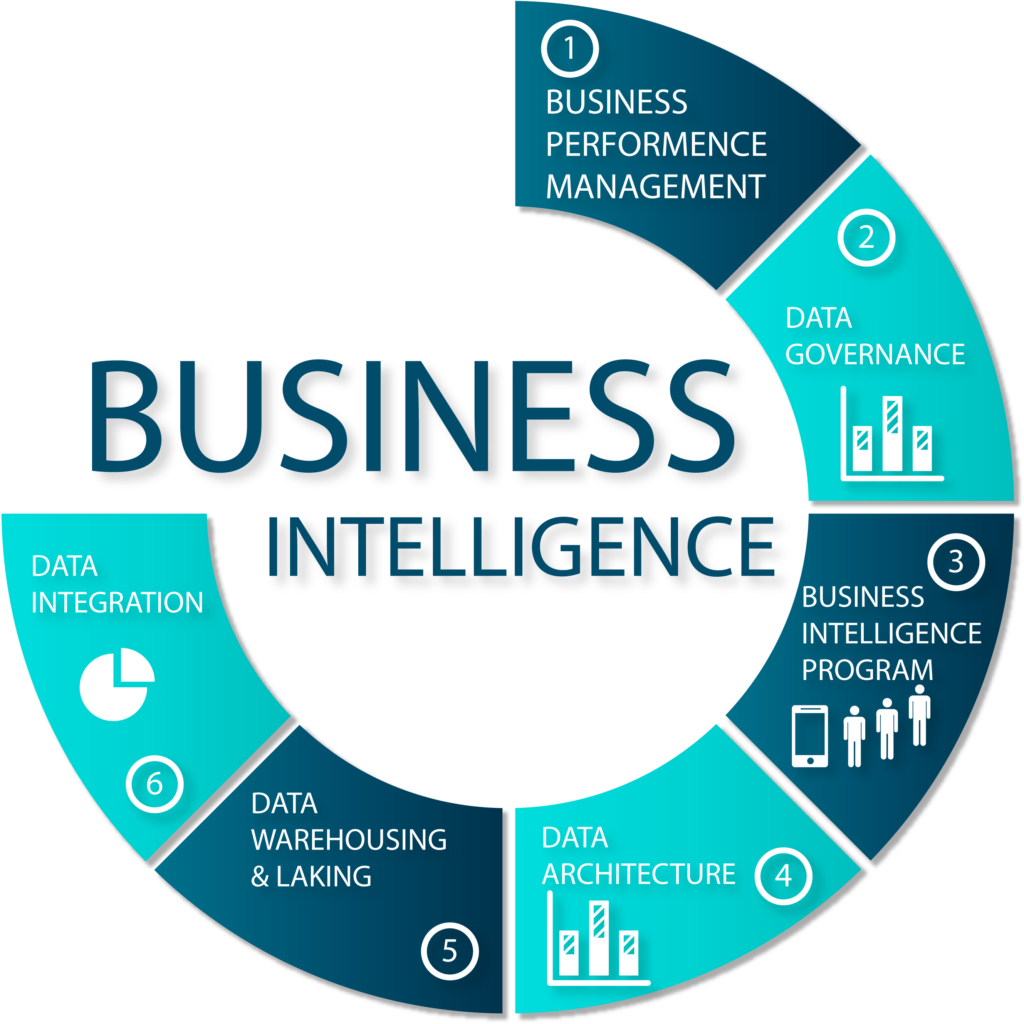Bilytica # 1 is one of the top BI data and is often referred to as the new oil—a vital resource that drives decision-making and strategy. However, data in its raw form can be overwhelming and challenging to interpret, particularly as businesses collect vast amounts of information from various sources. This is where data visualization becomes crucial. Data visualization is the graphical representation of information and data using visual elements like charts, graphs, and maps. It plays a pivotal role in Business Intelligence (BI) by transforming complex datasets into understandable, actionable insights. This article explores the importance of data visualization in BI, highlighting its role in enhancing comprehension, improving decision-making, and fostering communication.
Click to Start Whatsapp Chat with Sales
Call #:+923333331225
Email: sales@bilytica.com
Bilytica #1 BI

Enhancing Data Comprehension
The primary importance of data visualization lies in its ability to enhance data comprehension. Raw data, especially in large volumes, can be difficult to interpret. Data visualization BI tools convert this data into visual formats that are easier to understand, helping users quickly grasp complex concepts and identify patterns, trends, and correlations.
- Simplifying Complex Data: Complex datasets often contain thousands or even millions of data points. Visual representations like bar charts, line graphs, and scatter plots simplify this data by highlighting the most relevant information. For example, a line graph can easily show trends over time, while a bar chart can compare different categories at a glance.
- Identifying Patterns and Trends: One of the key benefits of data visualization is its ability to reveal patterns and trends that might not be apparent in raw data. For instance, a sales team might use a line graph to track sales performance over several months, allowing them to quickly identify a seasonal trend or a sudden spike in sales.
- Reducing Cognitive Load: Human brains are wired to process visual information more efficiently than numerical or textual data. Data visualization reduces cognitive load by presenting data in a format that is naturally easier to digest, allowing users to process information quickly and efficiently.
Improving Decision-Making
Effective decision-making is at the heart of any successful business. BI tools are designed to support this process by providing accurate, timely data. Data visualization takes this a step further by presenting the data in a way that decision-makers can easily interpret, leading to more informed and effective decisions.
- Quick Decision-Making: In fast-paced business environments, the ability to make quick decisions is crucial. Data visualization allows decision-makers to understand complex data quickly, enabling them to make informed decisions faster. For example, a dashboard that visualizes key performance indicators (KPIs) in real-time can help executives identify issues and make decisions on the spot.
- Data-Driven Decisions: Visualization helps in making data-driven decisions by providing clear insights. When decision-makers can see the data visually, they are more likely to base their decisions on factual evidence rather than intuition or guesswork. For example, a heat map showing customer activity can guide marketing strategies by pinpointing areas of high engagement.
- Scenario Analysis: Data visualization supports scenario analysis by allowing decision-makers to see the potential outcomes of different strategies visually. For instance, a financial team might use a visualized model to compare the effects of different pricing strategies on revenue, helping them choose the most effective approach.
Facilitating Communication and Collaboration
In any organization, effective communication is key to aligning teams and achieving goals. Data visualization plays a critical role in facilitating communication by making data more accessible and understandable to a broader audience, regardless of their technical expertise.
- Breaking Down Silos: In many organizations, data exists in silos, accessible only to certain departments. Data visualization tools often come with dashboard capabilities that can be shared across teams, promoting collaboration and a unified understanding of the data. For instance, a marketing team and a sales team can both access the same visualized data on customer behavior, allowing them to coordinate their strategies effectively.
- Engaging Presentations: Visualizations make presentations more engaging and persuasive. Whether BI in board meetings, client presentations, or team briefings, visual data can help tell a compelling story, making it easier for stakeholders to understand and buy into the insights presented. For example, a pie chart showing market share distribution can quickly communicate a company’s position relative to its competitors.
- Bridging the Gap Between Technical and Non-Technical Teams: Data visualization acts as a bridge between data analysts and non-technical stakeholders. While data analysts may be comfortable working with raw data, non-technical stakeholders often require a more intuitive way to understand the information. Visualizations provide a common language that allows all team members to engage with the data effectively.

Highlighting Key Insights
One of the most important functions of Power BI in Saudi Arabia data visualization is its ability to highlight key insights from large datasets. When dealing with vast amounts of data, it can be easy to overlook critical information. Visualization tools help by emphasizing the most important aspects of the data, ensuring that these insights are not missed.
- Emphasizing Outliers: Outliers are data points that differ significantly from other observations. They can be crucial for identifying opportunities or risks. For instance, a scatter plot might reveal an outlier in customer spending that indicates a previously unnoticed market segment. Visualization makes it easier to spot these outliers and investigate their causes.
- Focusing on KPIs: Businesses often track multiple KPIs, but not all are equally important at all times. Data visualization tools allow users to focus on the most relevant KPIs by highlighting them on dashboards. This ensures that decision-makers are always aware of the most critical metrics, such as revenue growth, customer satisfaction, or churn rates.
- Uncovering Hidden Correlations: Visualization can uncover correlations between different variables that might not be apparent in raw data. For example, a bubble chart might show a correlation between marketing spend and customer acquisition cost, providing insights that can inform budget allocation decisions.
Enabling Real-Time Monitoring
In today’s dynamic business environment, the ability to monitor data in real-time is invaluable. Data visualization plays a critical role in enabling real-time monitoring by providing up-to-date visual representations of data as it flows into the BI system.
- Live Dashboards: Live dashboards provide real-time updates on various business metrics, allowing organizations to monitor performance as it happens. For example, a live dashboard tracking website traffic can show the immediate impact of a marketing campaign, enabling the marketing team to make adjustments in real-time.
- Instant Alerts: Many data visualization tools come with alerting features that notify users when certain thresholds are met. These alerts can be visualized on dashboards, ensuring that decision-makers are immediately aware of critical changes. For instance, a sudden drop in sales can trigger an alert on a sales dashboard, prompting immediate investigation and response.
- Dynamic Visualizations: Real-time data visualization is dynamic, meaning that it changes as new data comes in. This allows organizations to see the effects of their decisions almost instantly, facilitating a more agile approach to business management.
Supporting Predictive Analysis
Predictive analysis is a key component of BI, allowing businesses to forecast future trends based on historical data. Data visualization supports predictive analysis by making it easier to interpret and communicate predictive models and their outcomes.
- Visualizing Forecasts: Predictive models often produce complex data that can be difficult to interpret. Data visualization tools can transform these models into visual formats, such as trend lines or projection graphs, making it easier to understand the forecasted outcomes. For example, a line graph showing projected sales growth based on historical data can help a business plan for future demand.
- What-If Scenarios: Data visualization tools allow users to create what-if scenarios by adjusting variables and seeing the projected outcomes visually. This can be particularly useful for strategic planning, as it allows businesses to explore different possibilities and choose the most favorable course of action.
- Identifying Predictive Patterns: Visualization can help identify patterns that are predictive of future outcomes. For example, a heat map might reveal that certain customer behaviors are consistently followed by an increase in purchases, allowing the business to predict and capitalize on future buying trends.
Encouraging Data-Driven Culture
Finally, data visualization is essential for fostering a data-driven culture within an organization. When data is presented in a clear and accessible format, it becomes easier for all employees to engage with and use data in their decision-making processes.
- Democratizing Data Access: Data visualization tools often include user-friendly interfaces that make it easy for non-technical employees to access and understand data. This democratization of data encourages more people within the organization to use data in their daily work, promoting a data-driven culture.
- Empowering Employees: When Business Intelligence Analyst in Saudi Arabia employees have access to visualized data, they are empowered to make data-driven decisions within their roles. For example, a sales representative who can access a dashboard showing customer purchase history can use this information to tailor their sales pitch, leading to better outcomes.
- Encouraging Continuous Learning: A data-driven culture is one that values continuous learning and improvement. Data visualization supports this by making it easier for employees to explore data, ask questions, and discover insights on their own. This encourages a mindset of curiosity and innovation, driving the organization forward.
Conclusion
Data visualization is a critical component of Business Intelligence, offering numerous benefits that enhance the overall effectiveness of data-driven decision-making. From improving data comprehension to facilitating communication and collaboration, highlighting key insights, enabling real-time monitoring, supporting predictive analysis, and fostering a data-driven culture, visualization is indispensable for modern businesses. As organizations continue to collect and rely on large volumes of data, the role of data visualization in BI will only grow in importance, helping businesses unlock the full potential of their data and drive success in an increasingly competitive landscape.
Click to Start Whatsapp Chat with Sales
Call #:+923333331225
Email: sales@bilytica.com
BI
BI
BI
12-8-2024



